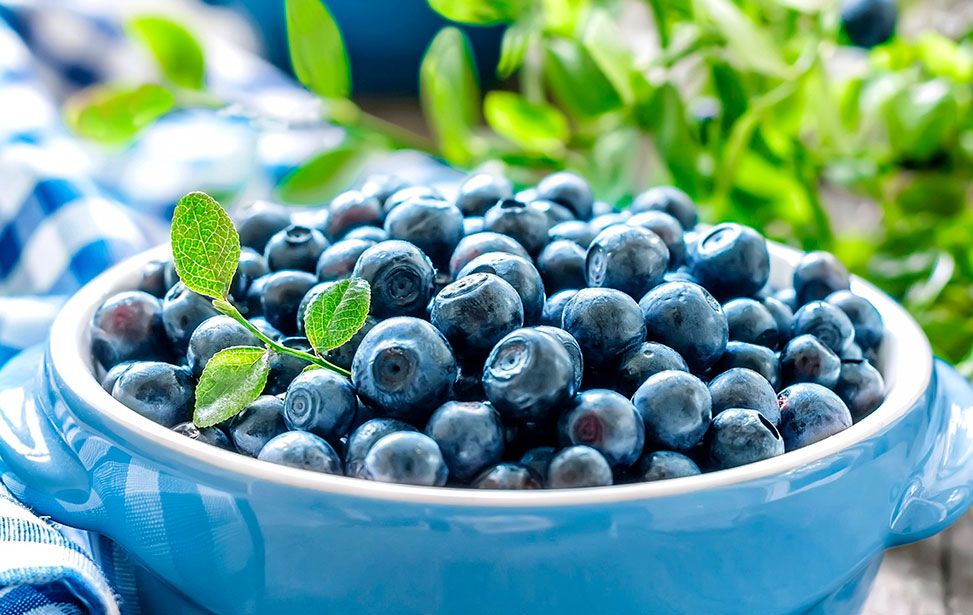Blueberry production in Mexico has grown for five years in a row, reaching 50,293 tons in 2020, reported the Ministry of Agriculture.
After going from 15,000 to 29,000 tons from 2015 to 2016, Mexico’s blueberry production climbed to 37,000 tons in 2017, 40,000 tons in 2018 and 49,000 tons in 2029.
From a broader perspective, the production of this berry has grown exponentially in the last 10 years, registering an average annual growth rate of 25.1 percent.
In 2020, 4,700 hectares were allocated, which generated a production of 50,000 tons, 2.6% more than the previous year.
Although it can be consumed as table fruit, its main use lies in the preparation of various derivative products such as jams, marmalades, purees, jellies and juices.
Among the producing states of Mexico, Jalisco generated 31.5% of the value of national production, while its income from the sale of 23,169 tons was 869 million pesos.
Blueberry production
In general, berry exports continue to go through a favorable moment.
In the case of blueberries, the volume sold abroad during 2020 reached a value of 399 million dollars.
Likewise, 95.9% of the exported volume went to the US market and the rest to 34 countries.
Mexico specializes in the production and trade abroad of blueberries, while the imports of red berries predominate.
The blueberry is a deciduous shrub type of 20 to 60 cm in height that is mainly cultivated for the fruit.
It belongs to the Ericaceae family and is highly appreciated in the countries of the Northern Hemisphere, mainly the United States.
As for the product, it is a spherical berry that measures 1 to 2 cm in diameter, with an intense to soft blue color, hence the English name of blueberry.
In addition, its epidermis is covered by an important characteristic waxiness that, together with its consistency, makes its postharvest durability much greater than that of other berries such as raspberry or currant.
The largest importer in the world is the United States, which spent about 1.393 million dollars in 2020 for its acquisition.
![]()

